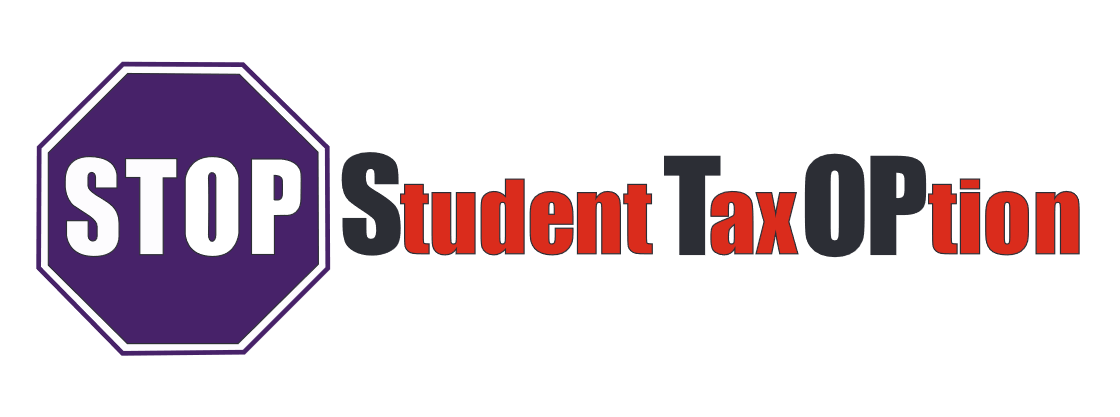To date, there are over 44 million student loan borrowers with a combined staggering $1.6 trillion student loan debt. Borrowers and their families in the low-income and middle-class socio-economic status bracket are most impacted by rising college tuition fees.
Purposed to reform existing policies and procedures surrounding student loans, the House Democrats introduced the College Affordability Act in October. The College Affordability Act intends to increase federal student aid and attack rising college tuitions and associated fees.
The legislation is anticipated to take over 10 years to implement and cost over $400 billion to execute. The College Affordability Act proposes a federal-state partnership, wherein federal funding will be allocated to states that make community college tuition free to all students and promise to continue public college and university investments. The College Affordability Act also plans to increase the significance of Pell Grants. Pell Grants are grants directly delivered to low-income and in-need students through the participating college and university. Pell Grants are distributed based on a student's expected family contribution, the cost of attendance, and whether the student attends for a full academic year or less. Unlike student loans, Pell Grants do not require repayment. Pell Grants are subject to a limited to a certain monetary maximum amount. The amount a student borrower receives depends on the borrower’s financial need, costs to attend school, status as a full-time or part-time student, and plans to attend school for a full academic year or less. The College Affordability Act aims to increase the amount of Pell Grants so that more students are able to cover larger share of tuition and put assign more money to living essentials such as food and housing. Finally, the College Affordability Act promises to expand access to dual enrollment and early college high school programs that give students the opportunity to earn college credits in high school.
The College Affordability Act strives to change education landscape through several particularly attractive methods:
Refinance Student Loans
Currently, the rules provide that student loans, both federal and private, must be refinanced through a private lender. The College Affordability Act would permit borrowers to refinance their student loan balance to today’s interest rates, which have dropped to 1.81%.
No Origination fees
When borrowers borrow federal student loans, the government charges an origination fee, which is charged as a percentage of the amount borrowed. The origination fee is added to a borrower’s student loan balance. An origination fee is paid in order to obtain the loan.
At this time, only private student loan lenders do not charge origination fee. The College Affordability Act will eliminate origination fees for federal student loans.
Simplify student loan repayment
Federal student loans carry multiple repayment plans. Each repayment plan carries different requirements, rules, and thresholds, which can cause confusion amongst its borrowers. The confusion results in implementation complications. For example, income based repayment plans are based on the borrower’s family size and a percentage of discretionary income. Forgiveness is offered after 20-25 years.
The College Affordability Act seeks to supersede the existing repayment plans with 2 plans: fixed student loan repayment plan and income based repayment plan. Under this consolidation, borrowers are able to automatically recertify income, which saves tremendous amount of time and annual paperwork.
The College Affordability Act, on its face, appears to have honorable intentions and intends to achieve educational quality. It holds all educational institutions accountable for providing quality, equal education by introducing strict federal oversight of institution accreditors and empowering college and university accreditors to heighten its standards. Students of for-credit colleges are also protected under the College Affordability Act. Students of for-profit college universities preserve their Obama-era consumer protection; and veterans’ GI Bill benefits are protected. Finally, the College Affordability Act encourages campus diversity and campus wide safety by blocking Betsy DeVos’s survivor-blaming Title IX rule.
However, there are several components that need to be addressed. First, the College Affordability Act does not promote free college or student loan debt cancellation. The role taxpayers and the federal government would serve under the College Affordability Act is also puzzling.
The College Affordability Act innovative and would bring impressive change in the student loan industry. The College Affordability Act has the potential to change the lives of many low-to-middle class borrowers and their families.

